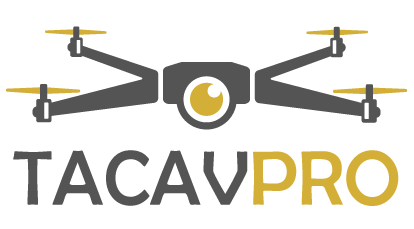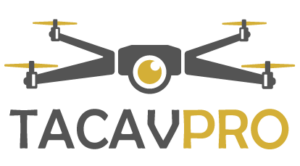
RWY 13 IS 130° MAGNETIC

“MIDFIELD LEFT DOWNWIND” REFERS TO THE POSITION OF THE AIRCRAFT IN THE TRAFFIC PATTERN.
“MIDFIELD DOWNWIND” IS A POINT DIRECTLY ABEAM OF THE RUNWAY ON THE DOWNWIND LEG OF THE TRAFFIC PATTERN.

“LEFT” REFERS TO THE DIRECTION OF THE TURNS IN THE TRAFFIC PATTERN.
“TO RWY 13” MEANS THE PILOT PLANS ON LANDING ON RUNWAY 13.
With the information given, you can determine that the answer is…
A. The aircraft is East.
Watch this short video to learn more about traffic patterns.
“},”hSize”:null,”floatDir”:null,”html”:”“,”url”:”https://www.youtube.com/watch?v=ZX84hzjGG1o”,”width”:854,”height”:480,”providerName”:”YouTube”,”thumbnailUrl”:”https://i.ytimg.com/vi/ZX84hzjGG1o/hqdefault.jpg”,”resolvedBy”:”youtube”}” data-block-type=”32″>
Watch this short video to learn more about traffic patterns.
(Refer to Figure 59, Area 2.) The chart shows a gray line with “VR1667, VR1617, VR1638, and VR1668.” Could this area present a hazard to the operations of a small UA?
A. No, all operations will be above 400 feet.
B. Yes, the is a Military Training Route from surface to 1,500 feet AGL
C. Yes, the defined route provides traffic separation to manned aircraft.

MILITARY TRAINING ROUTES OR (MTRS) ARE IDENTIFIED BY A GRAY LINE ON SECTIONAL CHARTS.
MTRS ARE ROUTES USED BY MILITARY AIRCRAFT TO MAINTAIN PROFICIENCY IN TACTICAL FLYING
THESE ROUTES ARE USUALLY ESTABLISHED BELOW 10,000 FEET MSL FOR OPERATIONS AT SPEEDS IN EXCESS OF 250 KNOTS.
ROUTES ARE IDENTIFIED AS IFR BY THE LETTERS (IR), AND VFR BY THE LETTERS (VR), FOLLOWED BY A NUMBER.

MTRS THAT INCLUDE ONE OR MORE SEGMENTS ABOVE 1,500 FEET AGL ARE IDENTIFIED BY THREE NUMBER CHARACTERS (E.G., IR037).
MTRS WITH NO SEGMENT ABOVE 1,500 FEET AGL ARE IDENTIFIED
BY FOUR NUMBER CHARACTERS (E.G., VR1667, VR1617, VR1638, AND VR1668).
With the information given, you can determine that the 4 digit Military Training Routes of VR1667, VR1617, VR1638, and VR1668 will operate from the surface up to 1,500 feet, so the answer is…
B. Yes, the is a Military Training Route from surface to 1,500 feet AGL
(Refer to Figure 78) You have been hired to use your small UAS to inspect the railroad tracks from Blencoe (SE of Sioux City) to Onawa. Will ATC authorization be required?
A. Yes, Onawa is in Class D airspace that is designated for an airport.
B. No, your entire flight is in Class G airspace.
C. Yes, you must contact the Onawa control tower to operate within 5 miles of the airport


ONAWA IS DEPICTED WITH A YELLOW SHADE.
BLENCOE IS DEPICTED WITH A BLACK CIRCLE.
RAILROAD TRACKS CONNECT THE TWO TOWNS.

CLASS D AIRSPACE IS GENERALLY AIRSPACE FROM THE SURFACE TO 2,500 FEET ABOVE THE AIRPORT ELEVATION (CHARTED IN MSL) SURROUNDING THOSE AIRPORTS THAT HAVE AN OPERATIONAL CONTROL TOWER.
CLASS D AIRSPACE WOULD BE SHOWN WITH A DASHED BLUE LINE SURROUNDING THE AIRPORT.
SO IT CAN’T POSSIBLY BE “A”

ONAWA AIRPORT IS DEPICTED IN MAGENTA, SO THERE IS NO CONTROL TOWER.
SO IT CAN’T POSSIBLY BE “C”

THE AIRSPACE THAT IS DEPICTED IN FIGURE 78 IS A FADED MAGENTA WHICH REPRESENTS CLASS E AIRSPACE THAT LATERALLY ABUTS CLASS G AIRSPACE.
SO THE ANSWER IS.
B. No, your entire flight is in Class G airspace
Watch this short video if you want more of an explanation on this question.

